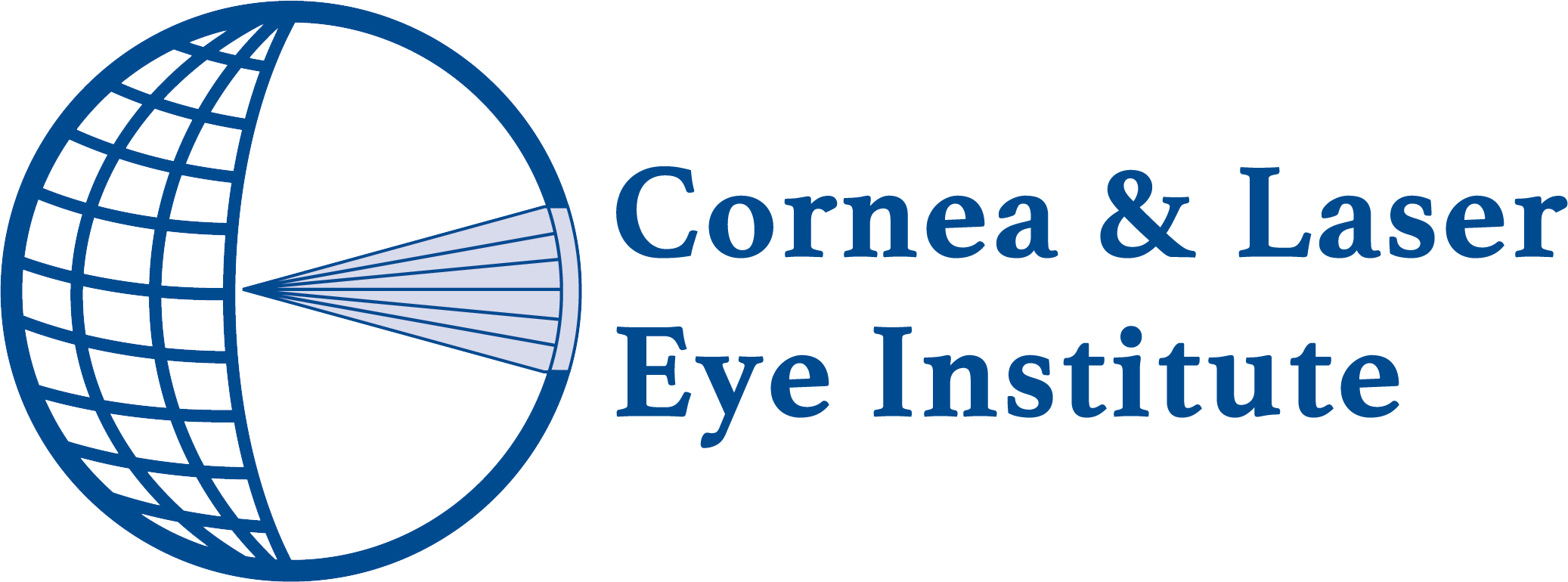
YES! Prism Contact Lenses DO Exist!
If you have diplopia and wear glasses with prism (also known as prism glasses) to correct it, you may have wondered if contact lenses with prism exist. This is a little known option, most eye care professionals don’t even know about them, but the answer is YES! Prism contact lenses do exist and they can replace prism glasses to correct your double vision. Now, not all prism contact lenses are the same. Classically, prism contact lenses refers to the use of prism for stabilization of contact lenses. This is the addition of extra material, in a prism shape, at the bottom edge of a contact lens to provide weight so the lens will orient in a certain position. This is not the same as the prism which is used to correct diplopia. This article is covering optical prism in contact lenses to correct double vision.
Understanding Diplopia
Before delving into the specifics of prism contact lenses, it is important to understand diplopia and its causes. Double vision, also known by the medical term diplopia, is a condition where an individual sees two images of a single object. Diplopia occurs when the eyes are unable to align properly, resulting in two distinct images. The misalignment can make objects look like they are side by side, horizontal diplopia, or one above the other, vertical diplopia, or a combination of them. We call this binocular diplopia, because both eyes are contributing to the problem, and by covering one eye the diplopia to go away.
This misalignment can be caused by several factors, including muscle imbalances, nerve palsies, brain tumors, stroke, injuries, surgeries, certain medications, or underlying medical conditions such as diabetes, thyroid, or multiple sclerosis. If the double vision is present in onw eye only, this is called monocular diplopia which limits the problem to that eye and is not caused by misalignment. Monocular diplopia can be caused by corneal disease such as keratoconus, cataracts, or issues with the natural lens inside the eye.
Diplopia can significantly impact one’s daily life, making it difficult to read, drive, or engage in other activities. It is important to consult with an eye care professional to determine the cause of your double vision before considering any treatment options. To bring the vision back together into a single image, prism glasses have been the go to option. There is now a remarkable solution available: prism contact lenses. In this article, we will explore the world of prism contact lenses, how they work, their benefits, and how they can provide relief for double vision.
What are Prism Contact Lenses and How Do They Work?
Prism contact lenses are a specialized type of contact lens designed to correct double vision. Unlike traditional contact lenses that only correct refractive errors, such as nearsightedness or farsightedness, prism contact lenses incorporate prism technology to bend light and move images so they can be aligned. In fact, prism contact lenses effectively reduce or even eliminate the occurrence of double vision. So, how exactly do they work?
Prism contact lenses have a tapered wedge-shape in the vision correcting portion of the lens, which redirects incoming light and shifts the image seen by the eye with misaligned vision, allowing it to align with the image seen by the other eye. The degree of prism incorporated into the lenses is determined by the severity and direction of the misalignment. This means that each pair of prism contact lenses is custom-made to suit the individual’s specific needs, ensuring optimal alignment, correction and comfort. To address such specific needs, CLEI has a dedicated specialty contact lens division, led by Dr. John Gelles. If you are interested in using prism contact lenses, we invite you to schedule an appointment with our team of experts.
Benefits of Using Prism Contact Lenses for Double Vision
The primary benefit of prism contact lenses is their ability to provide binocular vision. Binocular vision refers to the simultaneous use of both eyes to create a single image. With prism contact lenses, the misaligned eyes can work together, eliminating the double vision and reducing the strain and discomfort associated with double vision. By restoring binocular vision, prism contact lenses improve depth perception, enhance visual clarity, and reduce eye muscle strain.
But prism contact lenses offer several other benefits for individuals experiencing double vision too. First, they provide a non-invasive and convenient solution for those who prefer not to wear bulky prism glasses. The contact lenses are discreet and lightweight, allowing for a natural appearance and ease of use. Moreover, prism contact lenses offer a wider field of vision compared to prism glasses, as they move with the eyes and are not confined to a specific frame. This allows for improved peripheral vision and a more comfortable visual experience.
Can You Get Prism Contact Lenses? Exploring the Prescription Process
If you are experiencing double vision, it is essential to consult with an eye care professional like Dr. John Gelles to determine if prism contact lenses are suitable for you. Dr. Gelles is a world renowned expert in specialty contact lens design, fitting, and management. Patients travel to our institute from all over the world for treatment due to his excellence in and dedication to the field of specialty contact lenses. Dr. Gelles has extensive experience with specialty and custom contact lenses for highly specific indications, and diplopia is no exception. How does the prescription process work?
The prescription process for prism contact lenses involves a comprehensive eye examination to assess the severity and underlying cause of the double vision. Measuring the degree and direction of the misalignment, as well as evaluating the overall health of your eyes is also a must.
Based on the examination results, Dr. Gelles will determine the necessary type of prism contact lenses for you. This may be a custom prism soft lens, a prism scleral lens or prism scleral device, such as EyePrint Pro. Generally, we are able to correct up to 4 prism diopters in the soft lenses and only in the base down orientation. However, in the scleral lens options we can correct up to 5 prism diopters in each eye in any direction allowing for a total of 10 prism diopters of correction. This is similar to the amount of prism that can be corrected in glasses, so if you have prism glasses you are likely a candidate for prism contact lenses. Those with prism needs over 10 prism diopters are not the ideal candidates for prism contact lenses, however we can use a combination of contact lenses and glasses to reduce the amount of prism in the glasses for cosmetic and comfort purposes. Though our goal is to make you glasses free during the day, it’s important to keep a pair of prism glasses so you have glasses to wear at the end of the day once you remove your prism contact lenses. It is not safe to sleep in contact lenses and you should have a backup method of vision correction should you have an eye problem.
Alternatives to Prism Contact Lenses: Prism Glasses and Other Options
While prism contact lenses are highly effective for double vision correction, there are alternative options available for individuals who may not be suitable candidates for contact lens wear. Prism glasses, also known as prismatic eyeglasses, are a common alternative. These glasses incorporate prism technology into the lenses, similar to prism contact lenses, to redirect light and align the images seen by each eye. Prism glasses are available in various styles and can be customized to suit individual needs. The downside of prism glasses is their weight which can led to discomfort while wearing them, a limited field of view due to the frame, distortion when looking through the side of the lens, and poor cosmetic appearance due to bulk and the prism itself which may cause the eyes to look even less aligned.
How to Get Rid of Prism Glasses with Prism Contact Lenses
If you are currently relying on prism glasses for double vision correction, you may be wondering how to transition to prism contact lenses. The process of getting rid of prism glasses and switching to prism contact lenses involves consulting with your eye care professional. The team here at CLEI has extensive experience helping individuals transition to prism contact lenses. When you schedule an appointment with us, we will assess your suitability for contact lens wear and guide you through the transition process.
To make the switch, an eye care professional will first need to conduct a contact lens fitting. This involves measuring the curvature of your eyes and determining the proper fit and size of the contact lenses. Once the fitting is complete, your eye care professional will teach you how to insert, remove, and care for your prism contact lenses. It is important to follow their instructions carefully to ensure a smooth transition and optimal comfort with your new specialty contact lenses. Though our goal is to make you glasses free during the day, it’s important to keep a pair of prism glasses so you have glasses to wear at the end of the day once you remove your prism contact lenses. It is not safe to sleep in contact lenses and you should have a backup method of vision correction should you have an eye problem.
Conclusion
Prism contact lenses offer a solution for individuals experiencing double vision. Through innovative design and prism technology, these contact lenses effectively align the images seen by your eyes, providing relief and improving overall visual function. Whether you are currently relying on prism glasses or seeking an alternative to invasive treatments, prism contact lenses can be a game-changer in your journey towards clearer and more comfortable vision.
Book a consultation today.





